This sugar water for butterflies recipe is sure to attract a wide array of butterflies to your garden.
Flying flowers - as butterflies are often referred to - are an essential part of the garden.
Their colorful wing span and the way they gracefully land upon a wide variety of plants where they sip nectar from the smallest flowers imaginable - such as the tiny flowers that cluster together on the butterfly bush or even milkweed - delight young and old alike.
Here is how you can help these beautiful pollinators survive.
Butterflies Are In Danger - And It Does Matter!
Butterflies are the second largest pollinator - surpassed only by bee's.
The sad part is butterflies are in decline - just like bee's.
This is why as a gardener it is so important to me to grow the plants they need and supply extra sugar water.
While I can't save every butterfly, I can help provide the butterflies that visit my garden what they need for their continued survival.
How To Help Butterflies
There is something each and every one of us can do - and we must work together to help save the butterflies before it is too late.
Here is how you can help!
- Make the choice to grow organically.
- Avoid using chemical sprays and chemical fertilizers in and around our property and encourage others to do the same.
- Plant sources of natural nectar such as milkweed, goldenrod, Joe-pye weed, black-eyed Susans and Echinacea (coneflower).
- In addition to offering a source of natural nectar, offer fruit such as oranges, bananas and watermelon. The fruit doesn't have to be fresh, in fact rotting fruit seems to be their preference! Simply make a shallow place in your garden that butterflies can get a drink from. A birdbath, a small plant saucer or even a shallow bowl filled with rocks works great! This gives the butterflies a place to sit without drowning while they drink.
- Strategically place butterfly feeders throughout your yard and keep them filled with fresh sugar water.
- Mist plants with butterfly nectar. Butterflies are attracted to the droplets of water on plant foliage.
How To Make Nectar For Butterflies
Making homemade butterfly nectar is not hard.
In fact, it is very similar to making hummingbird nectar.
Here is what you do:
- Put four cups water and 1 cup organic granulated cane sugar into a stainless steel pan and bring it to a boil.
- Boil the mixture until the sugar dissolves.
- Remove the pan from the heat and allow the mixture to cool.
- Once the mixture is cool, pour it into a butterfly feeder.
- Pour any leftover cooled nectar into a glass jar with a lid and place it in the refrigerator. It will keep for 7 days.
How To Make A Butterfly Feeder
If you don't have a butterfly feeder, don't worry - you can make one.
Here is what you need:
- a shallow pan
- colorful (yellow, orange or red) plastic kitchen scouring pads (select ones without soap)
Here is what you do:
- Simply place the sponges in the pan (make sure there are enough to fill the pan) and pour the nectar over the sponges.
- Place this outdoors in an area where butterflies frequent.
- Make sure it is about 6 inches taller than your tallest plants in that area.
- Soon they will find it and sip from it.
Perennial Plants
Awesome Colorful Plant Combinations: Reliable Daylily And Geranium
If you're looking for a colorful, easy to care for perennial plant combination, try the daylily and geranium.
How To Successfully Grow Mums
Chrysanthemums, commonly referred to as mums are a beautiful fall blooming plant. Check out these tips to successfully grow mums!
Long Season Garden Plants
Long Season Garden Plants
How To Grow Mallows
Learn how to grow mallows, a Malvaceae family which includes some of the most popular plants for the home garden, Hibiscus.
Popular Plants For Miniature Gardens
There are a number of popular miniature plants that are ideal to use to create miniature gardens inside or outside your home or office.
Sweet Autumn Clematis: A Garden Treasure
Discover the enchantment of Sweet Autumn Clematis: rapid growth, fragrant blooms, and versatile garden beauty await!

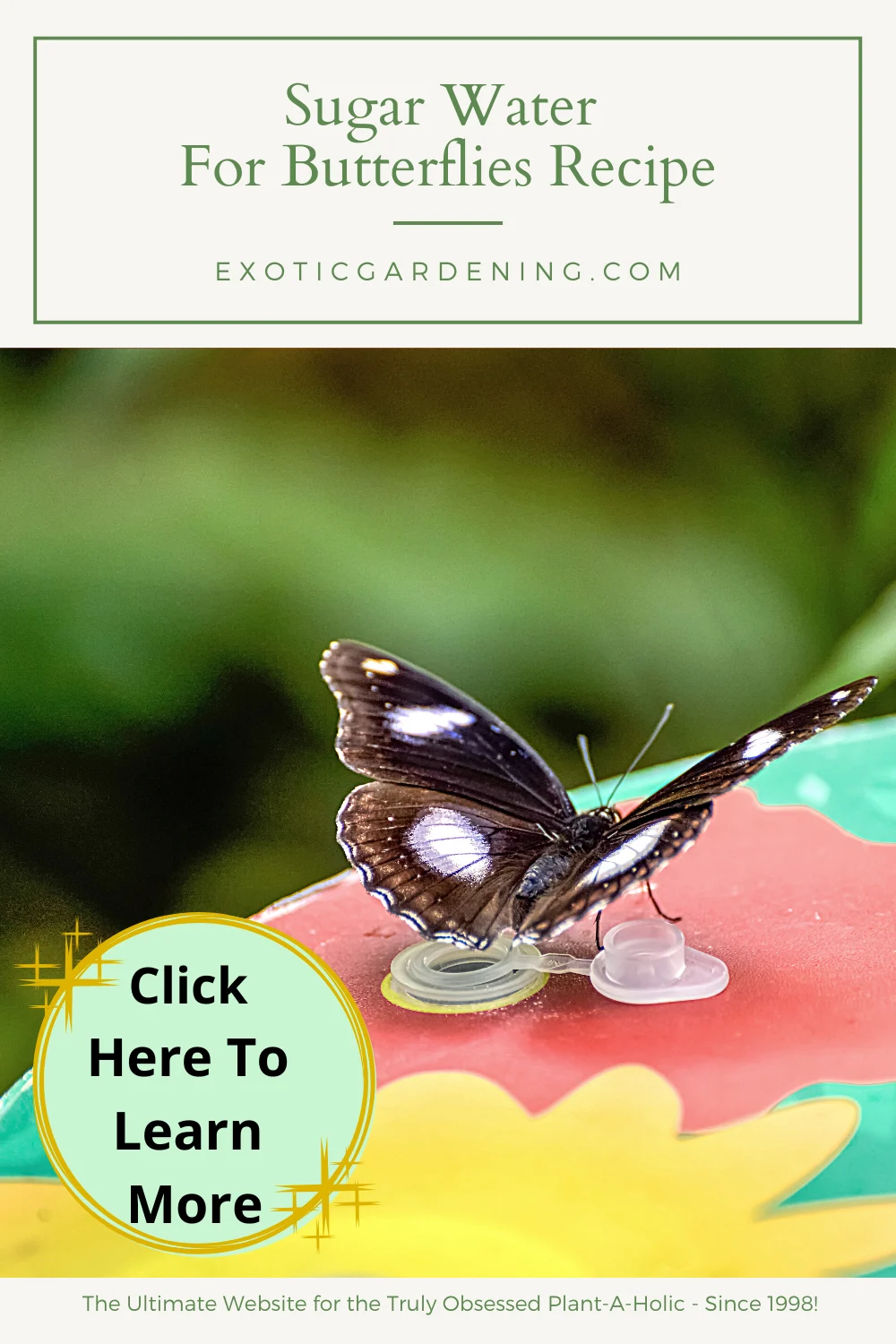
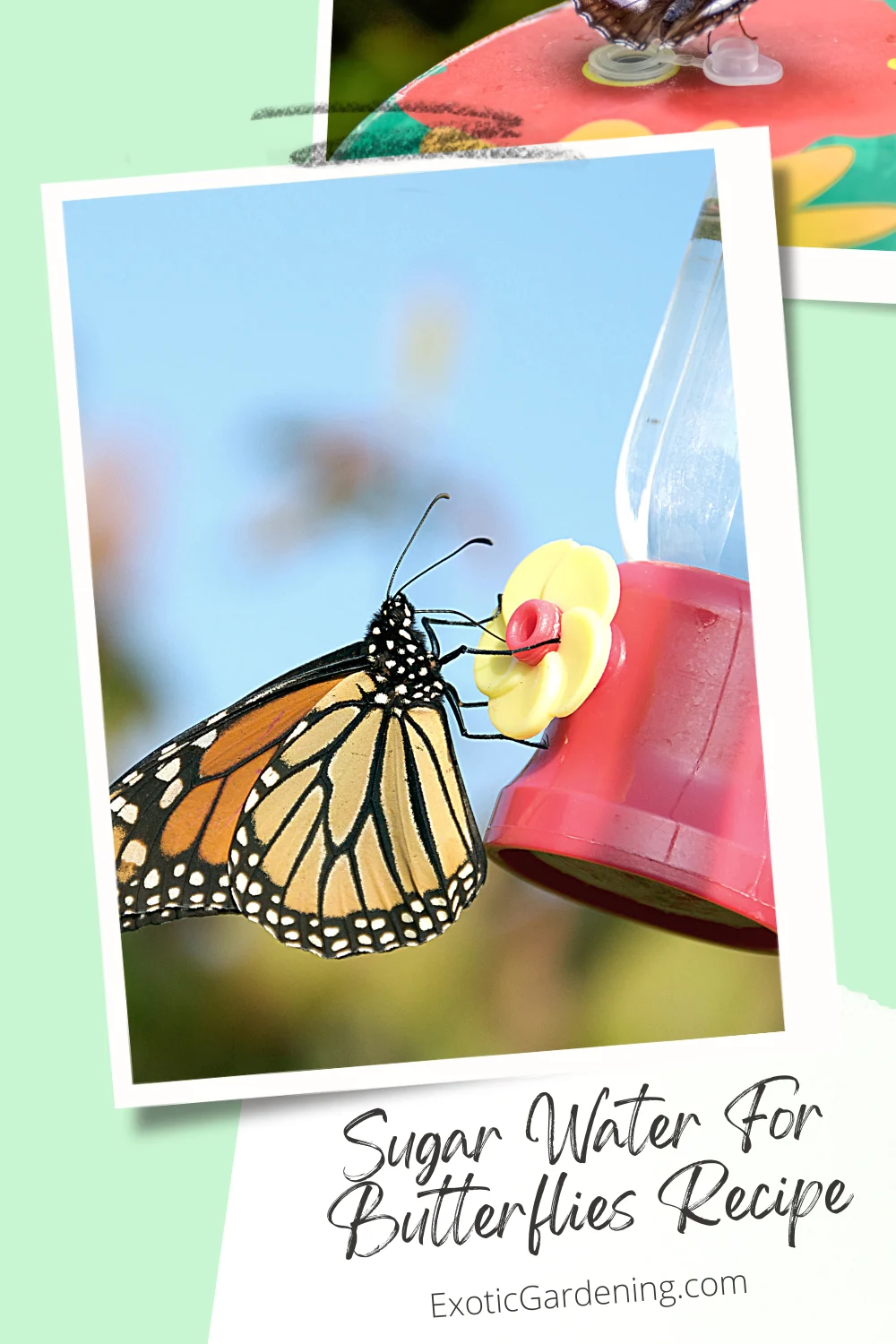
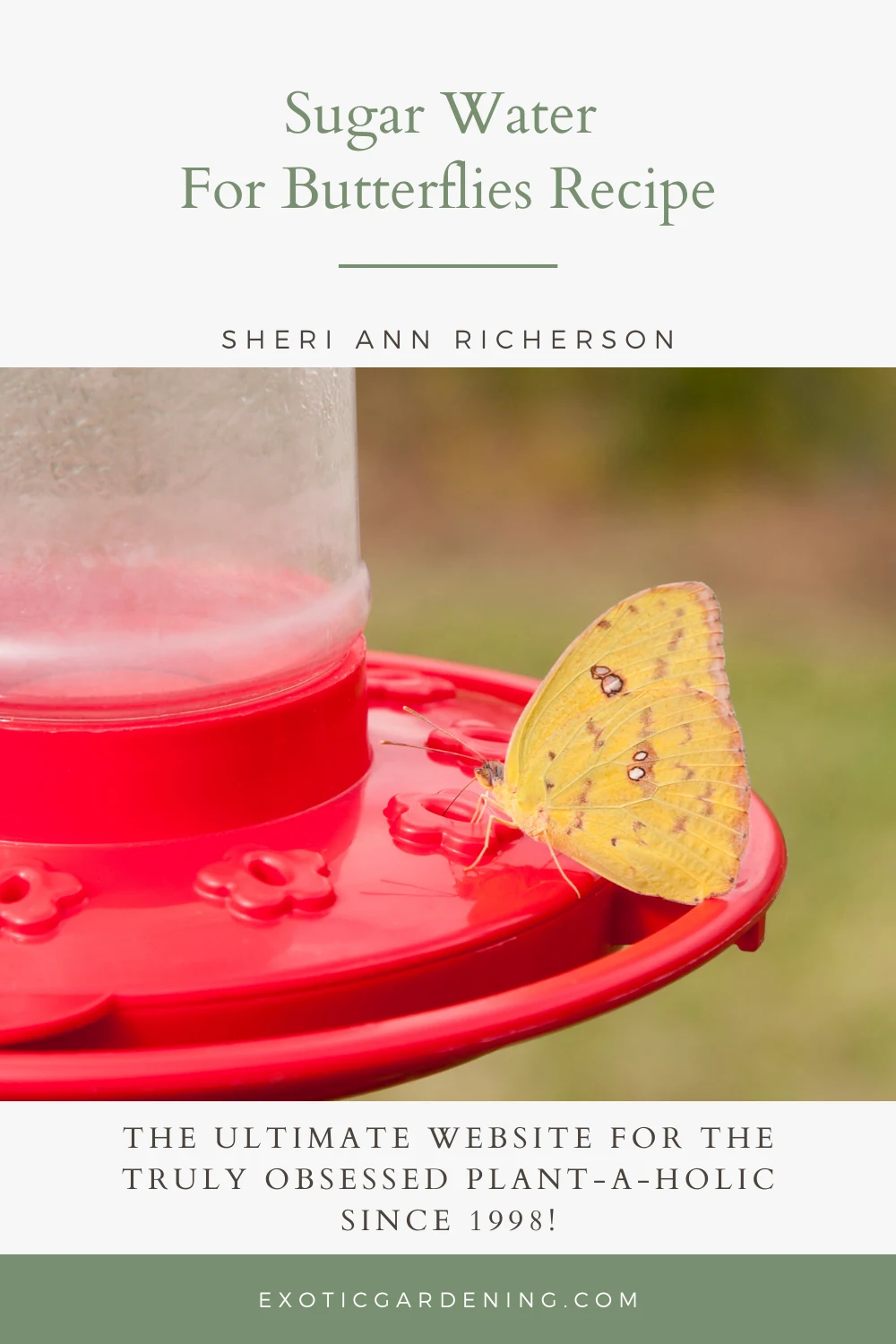
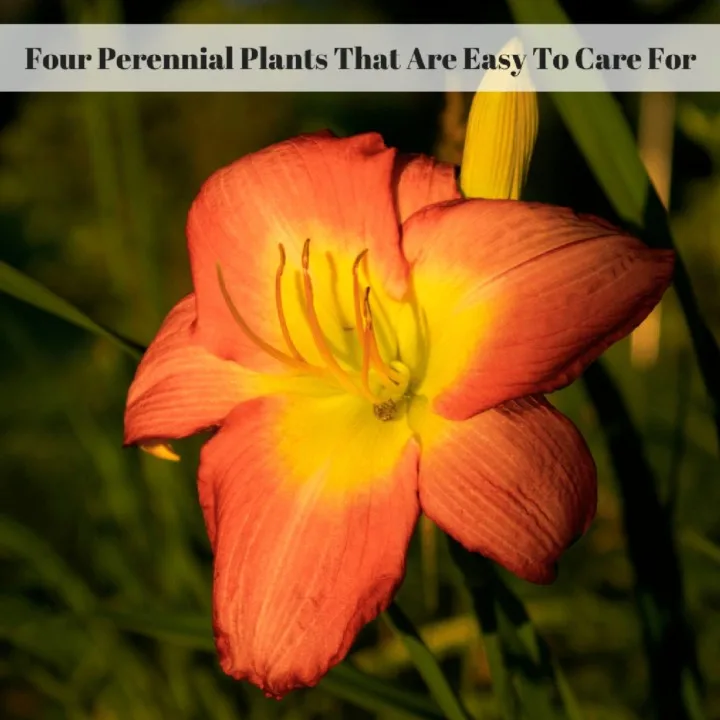
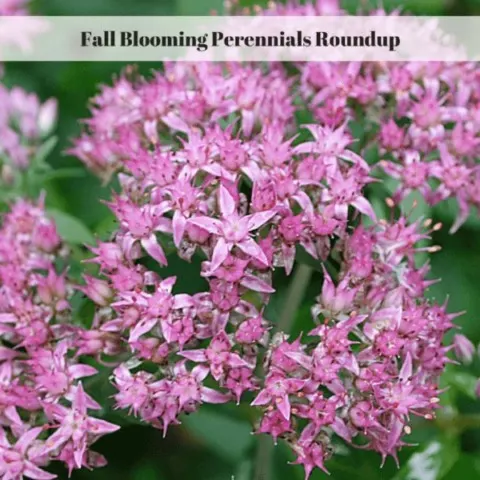
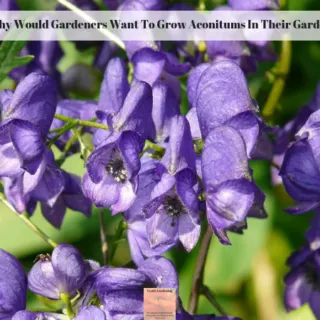
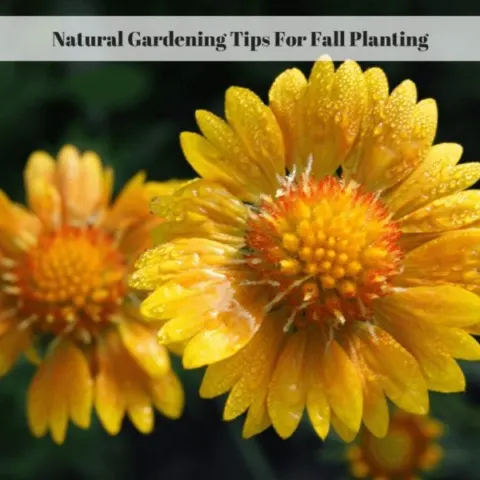
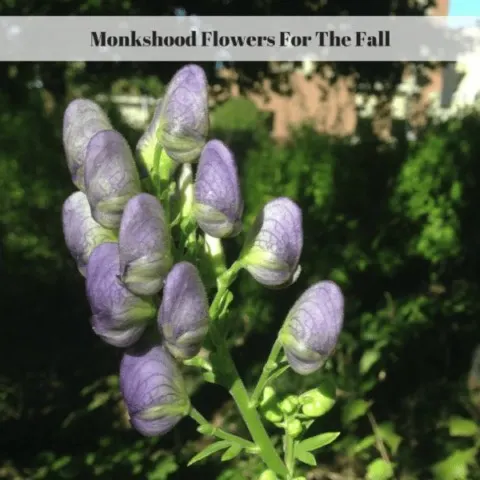
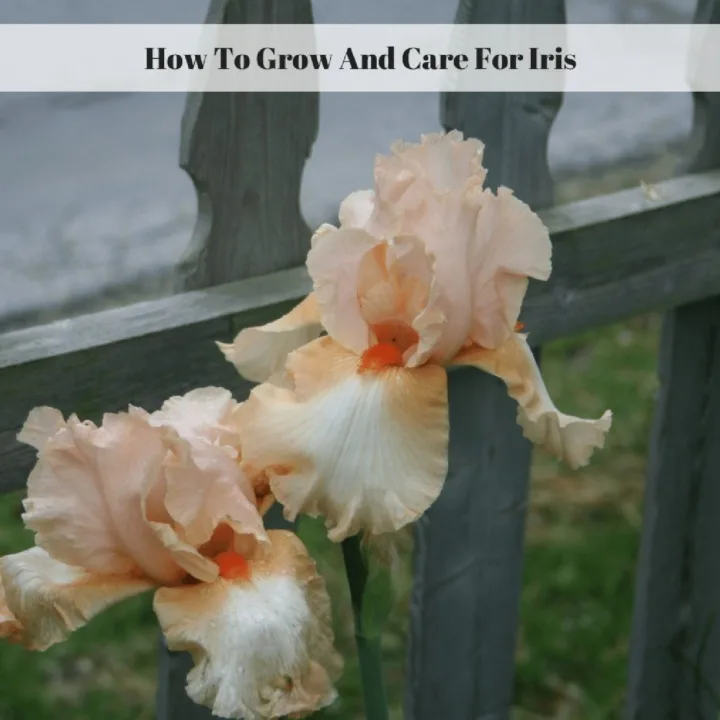
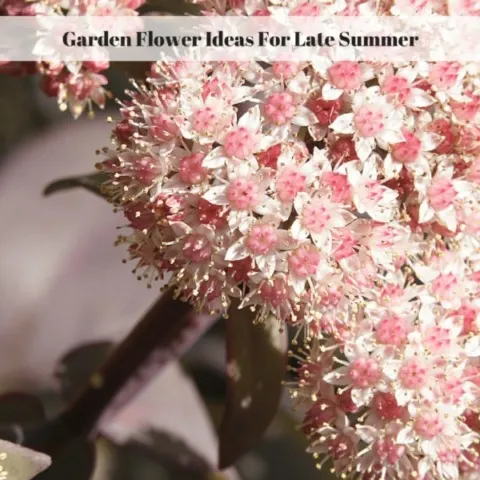
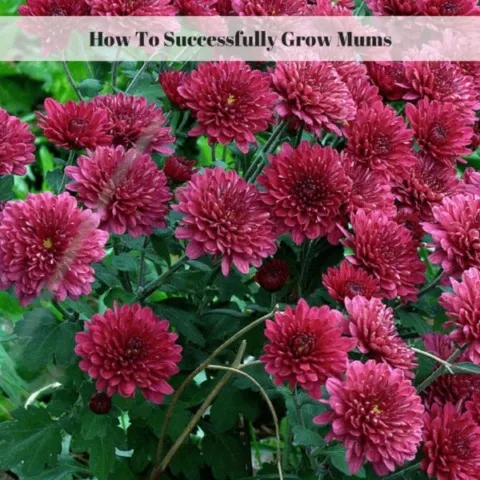
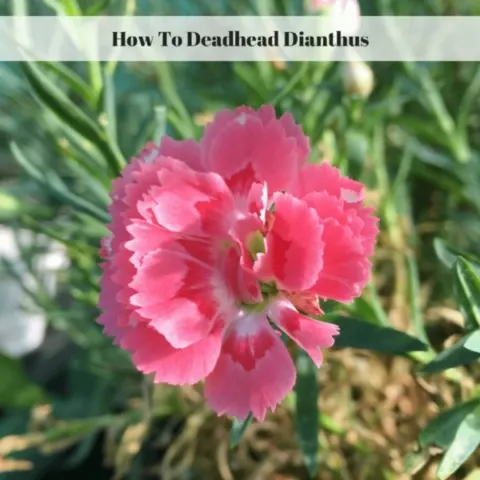
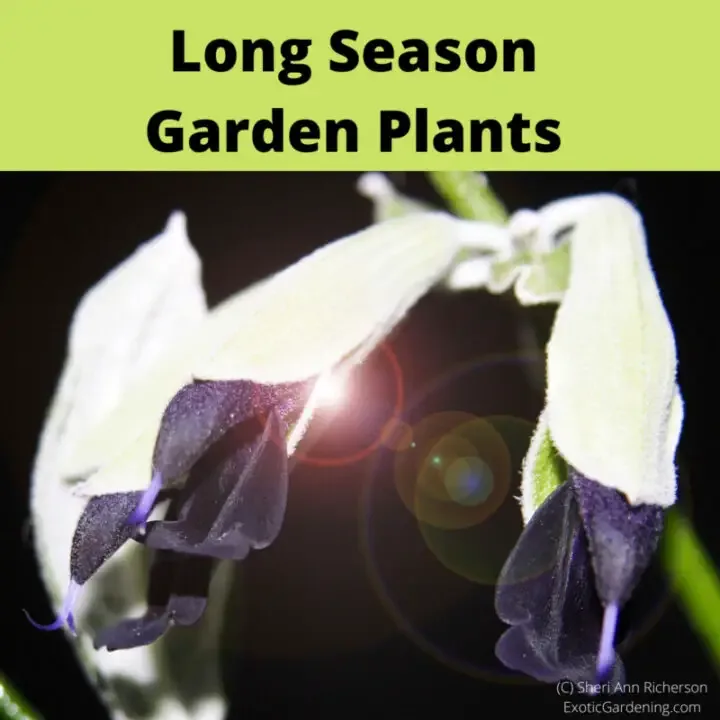
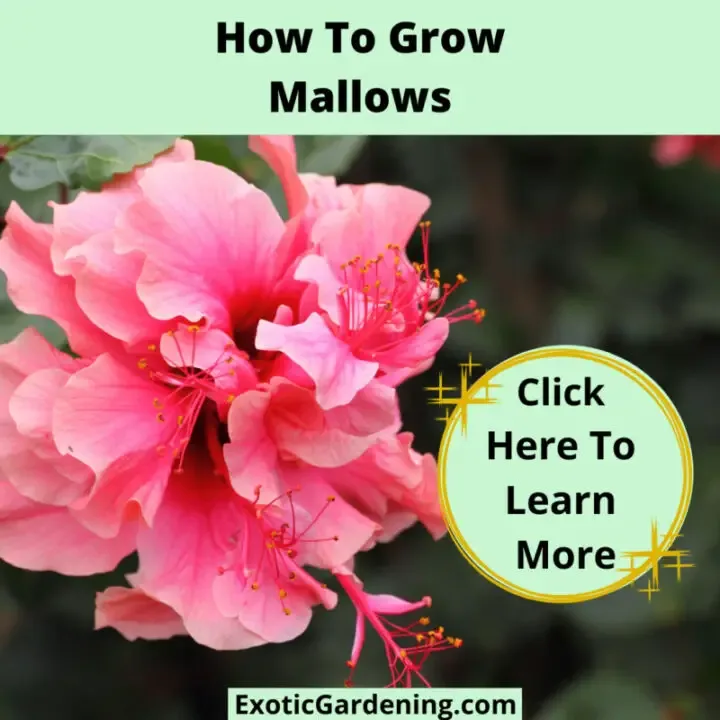
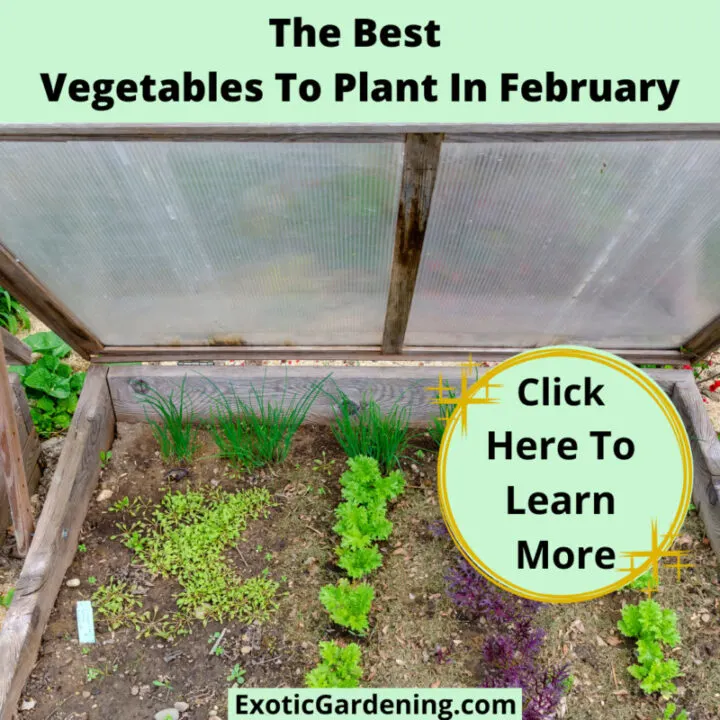
Gwen Blasingame
Sunday 18th of August 2019
Doesnt the sugar water draw flies also that can take over the catepillars?
Sheri Ann Richerson
Wednesday 21st of August 2019
I have never had that issue, but I do replace it on a regular basis.